QuestionWe have a very young hatchling...we guess about a month old or so. He sleeps a lot. Is that common? He will get up for a bit and walk to eat one bite or two and then sleeps. We soak him daily for 10 minutes and he poops, have not seen pee...but I would assume it is happening. He has ate a bit of spinach, mustard greens and did not touch the shredded carrots. We have had him 5 days. Have a heat lamp and UVB light. Water source and a hide box. He is probably eating 5 or 6 bites a day...shouldn't it be more? Still adjusting?
AnswerHi Kamerin,
I need more information. What species is your hatchling? Where did you get it? I need more information on how you're keeping him--enclosure size and type, substrate, temperatures on warm and cool side, and type of bulbs you're using. I'll try to give you some general care information on tortoises (sounds like he's a tortoise), but remember it's not species-specific.
1) Tortoises don't do well in tanks. If he's in a tank, get him out ASAP and put him in a large rubbermaid tub or a cement mixing tub. This will be adequate for a hatchling for a while, but remember that tortoises need room--the more the better. If it's a sulcata, start planning for a large outdoor pen and heated shed now, because that's what he'll need in a few years.
2) Even arid species need humidity. If you have a tortoise from a desert area (Russian, sulcata) and were told to keep it dry, this is incorrect and actually quite dangerous for a hatchling. No desert species sits out under the sun all day; they stay in burrows where the humidity is much higher so they can conserve moisture. A mix of bed-a-beast and playsand that's a little damp is best.
3) Many UVB bulbs don't give off adequate levels of UVB. I recommend a combination heat/UVB bulb--my bulb of choice is the T-Rex Active UVheat bulb. Generally temps should be about 90 on the warm side, 70ish on the cool side. A night drop is beneficial, but how low it can go depends on species.
4) Unless you have a tropical species (redfoot, yellowfoot, hingeback), your tortoise is an herbivore and diet should be leafy greens and/or grasses. No fruit, no veggies, no pellets. Russians more leafy greens/weeds, sulcata more grasses/hay with some greens.
Hope this helped. Please post back with the species and the information I requested and I can help more.

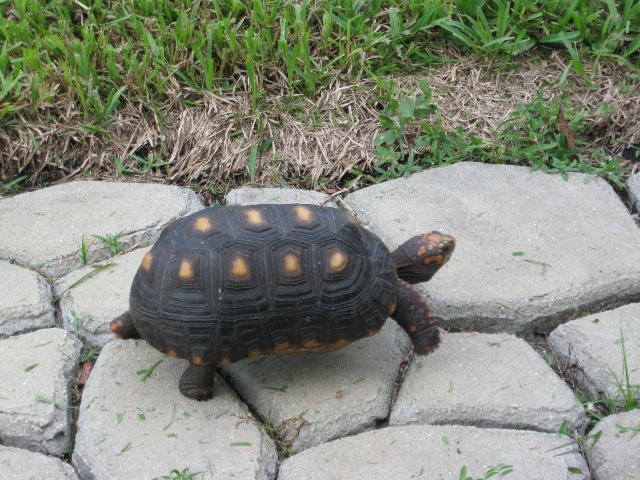 What kind of turtle?
Question
Turtle 1
I was mowing the lawn on Friday and
What kind of turtle?
Question
Turtle 1
I was mowing the lawn on Friday and
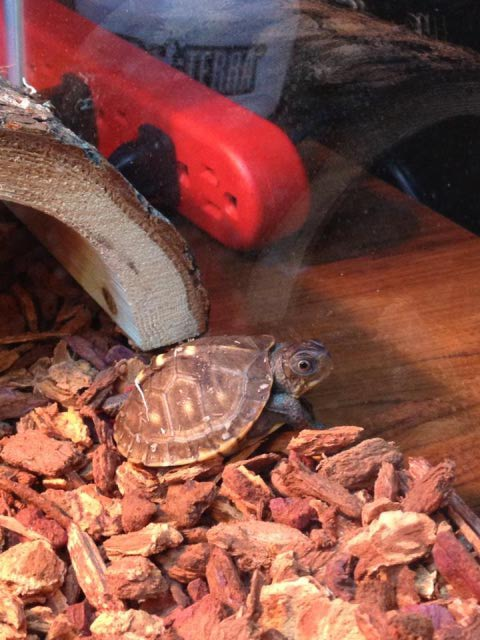 Baby Eastern Box Turtle
QuestionQUESTION: I just acquired a baby eastern box tu
Baby Eastern Box Turtle
QuestionQUESTION: I just acquired a baby eastern box tu
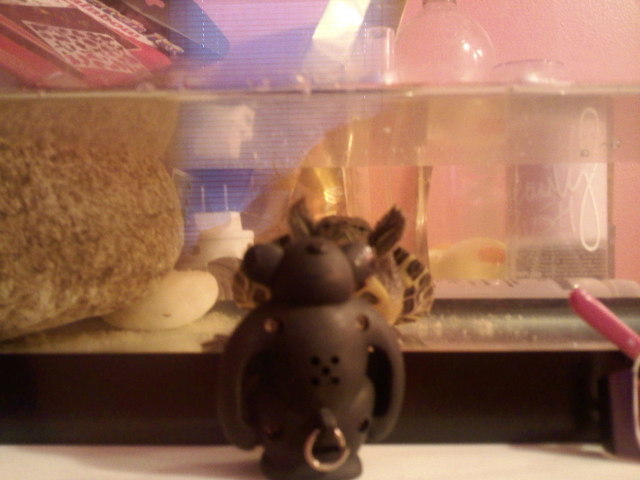 tuff turtle
Question
Ichabod
hi, my red ear is a little over a year
tuff turtle
Question
Ichabod
hi, my red ear is a little over a year
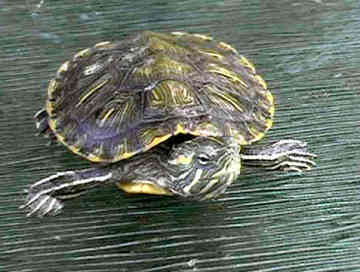 more info
Question
Aimee my turtle
I am not exactly sure how old
more info
Question
Aimee my turtle
I am not exactly sure how old
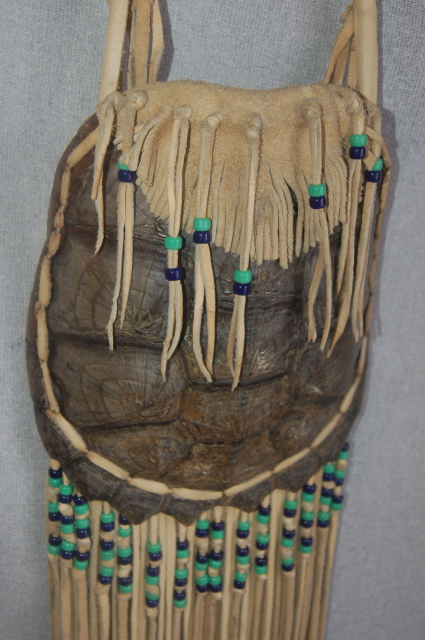 recognize turtle by the shell
Question
shell bag Shell bag
Hello, I have
recognize turtle by the shell
Question
shell bag Shell bag
Hello, I have